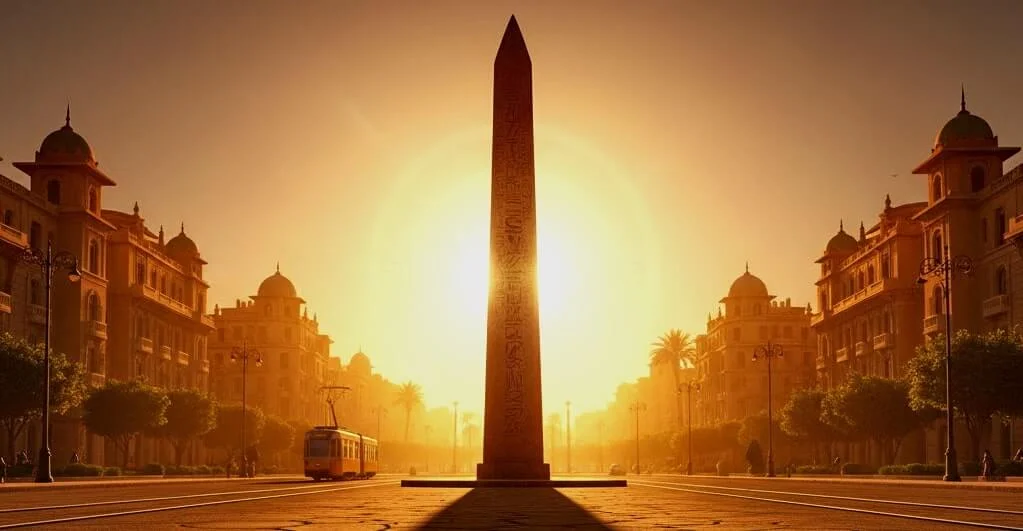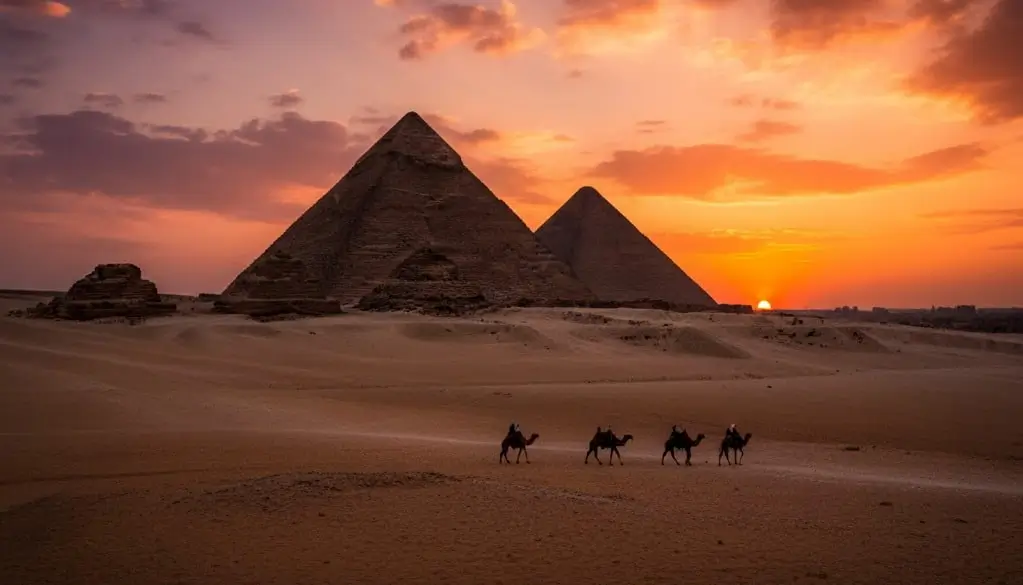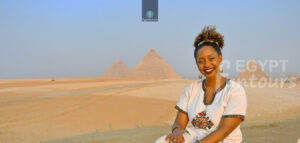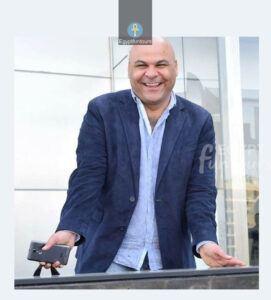Deep in the Fayoum oasis lies one of its most important archaeological treasures: Medinat Madi, which literally translates to “the City of the Past.” This sprawling site is a rare and vital link to Egypt’s history, holding the ruins of a unique 4,000-year-old temple at its heart.
Unlike many other sites, Medinat Madi is not just one temple. It is a multi-layered city. It began as a sacred place in the Middle Kingdom, grew into a bustling town in the Greco-Roman era, and finally became a thriving Christian center in late antiquity.









